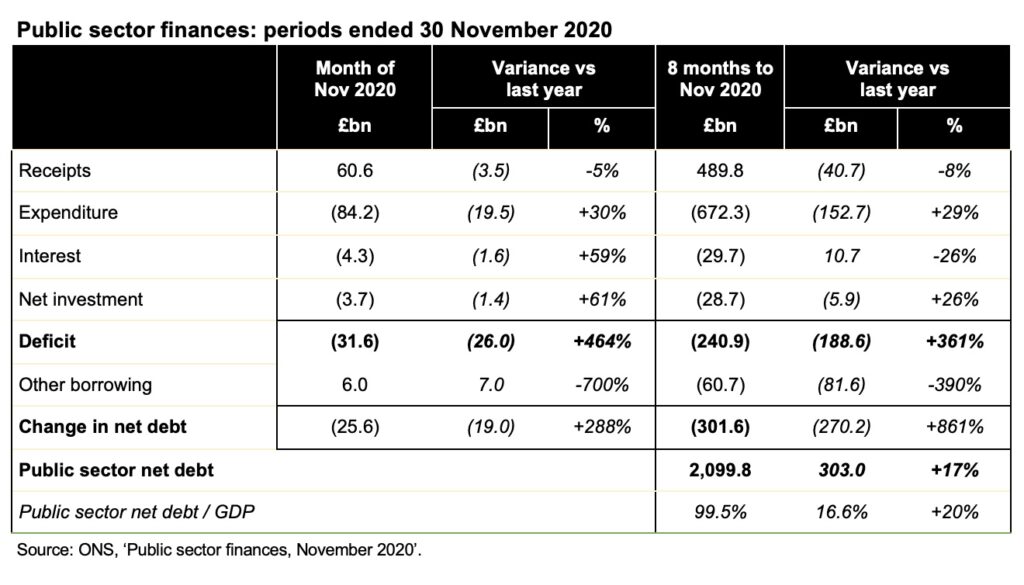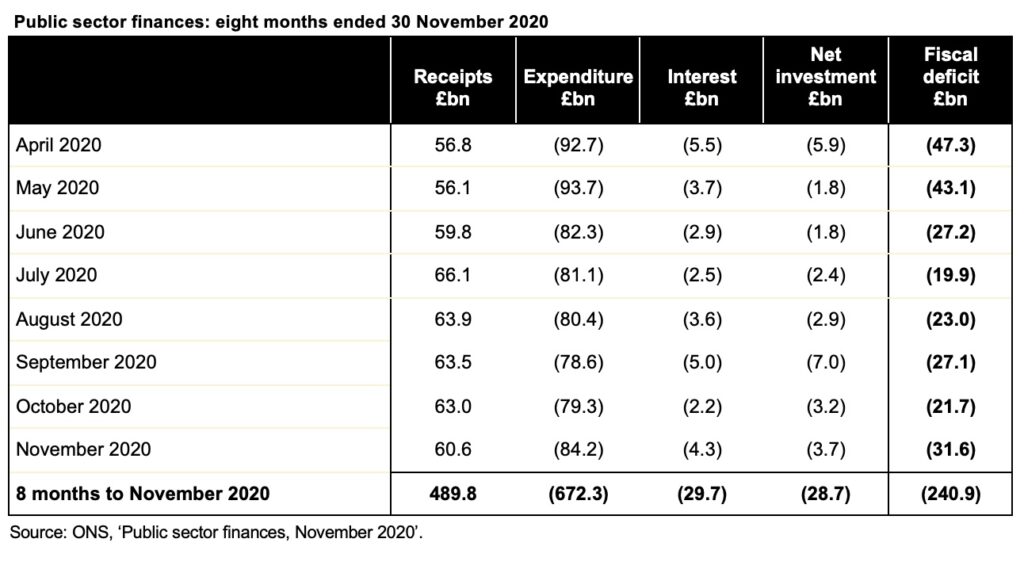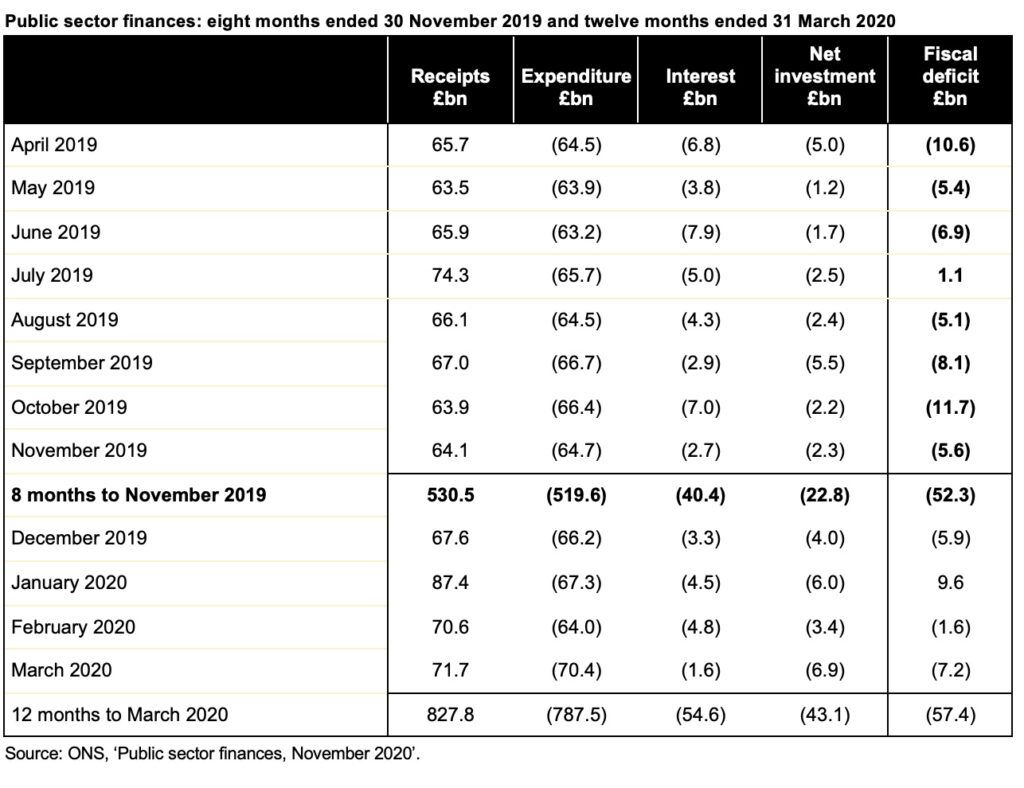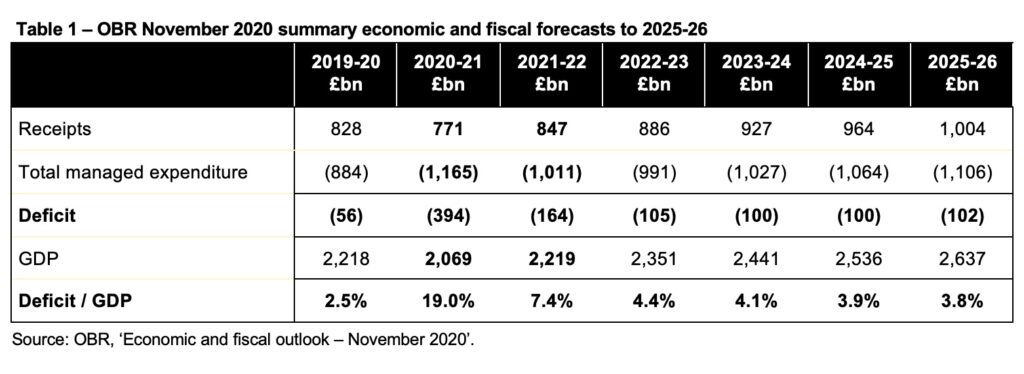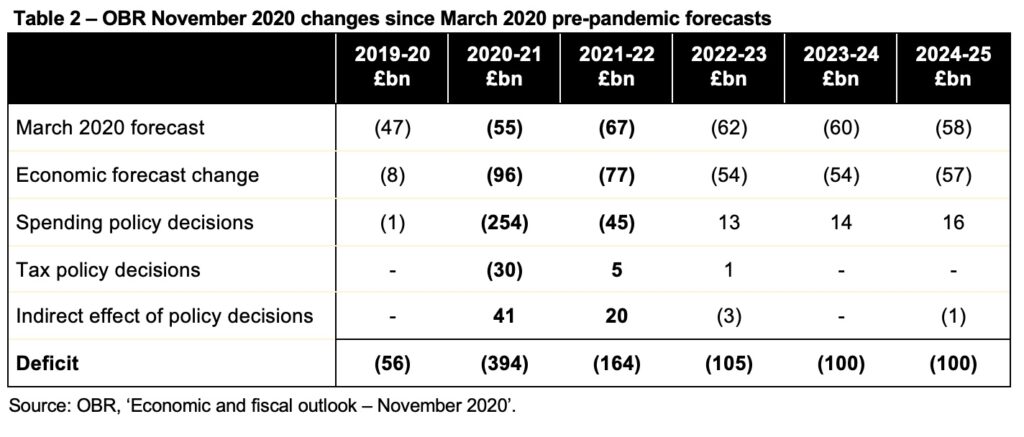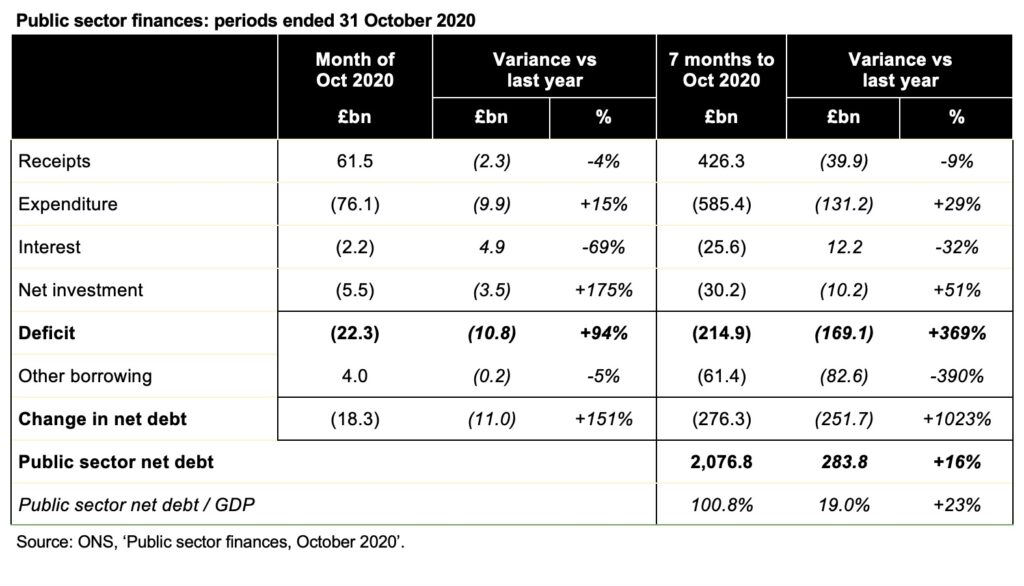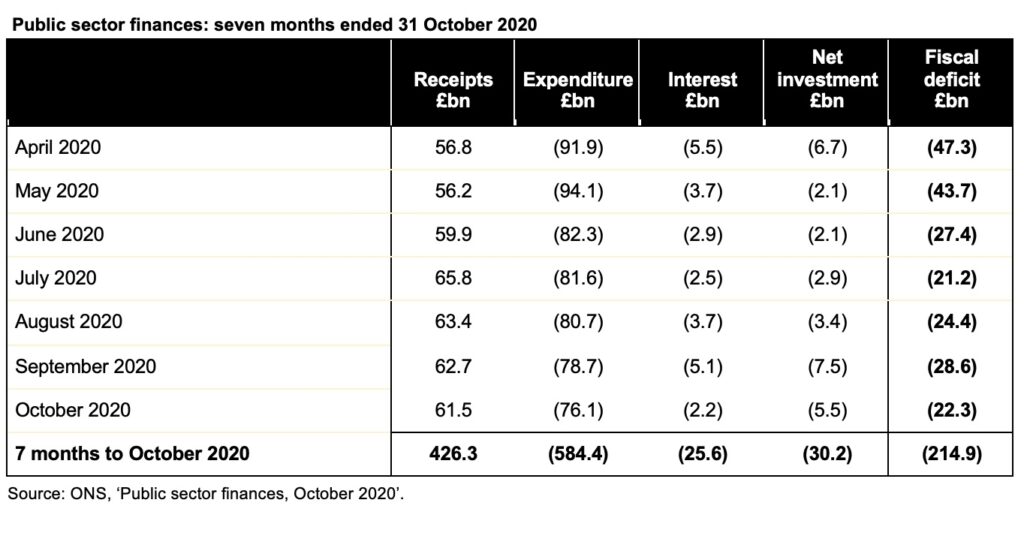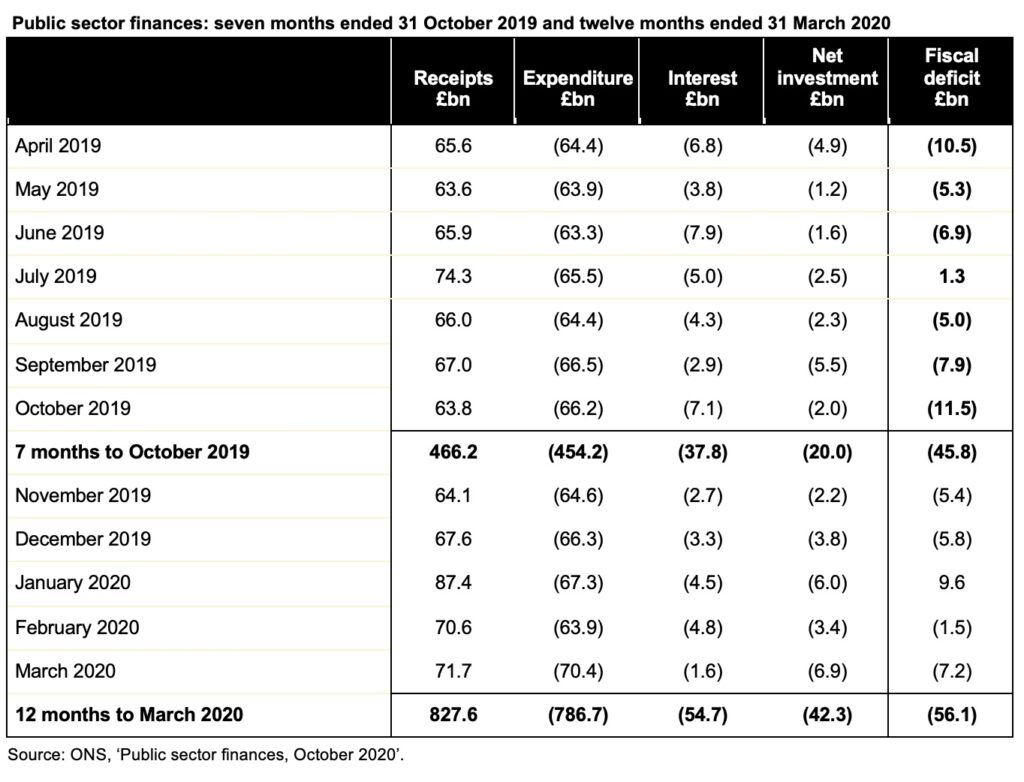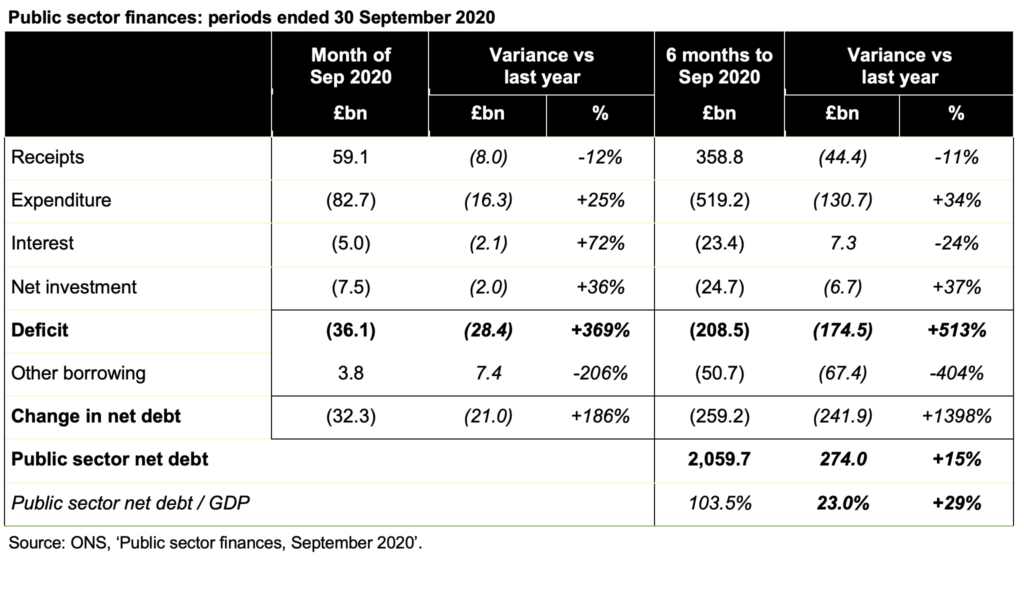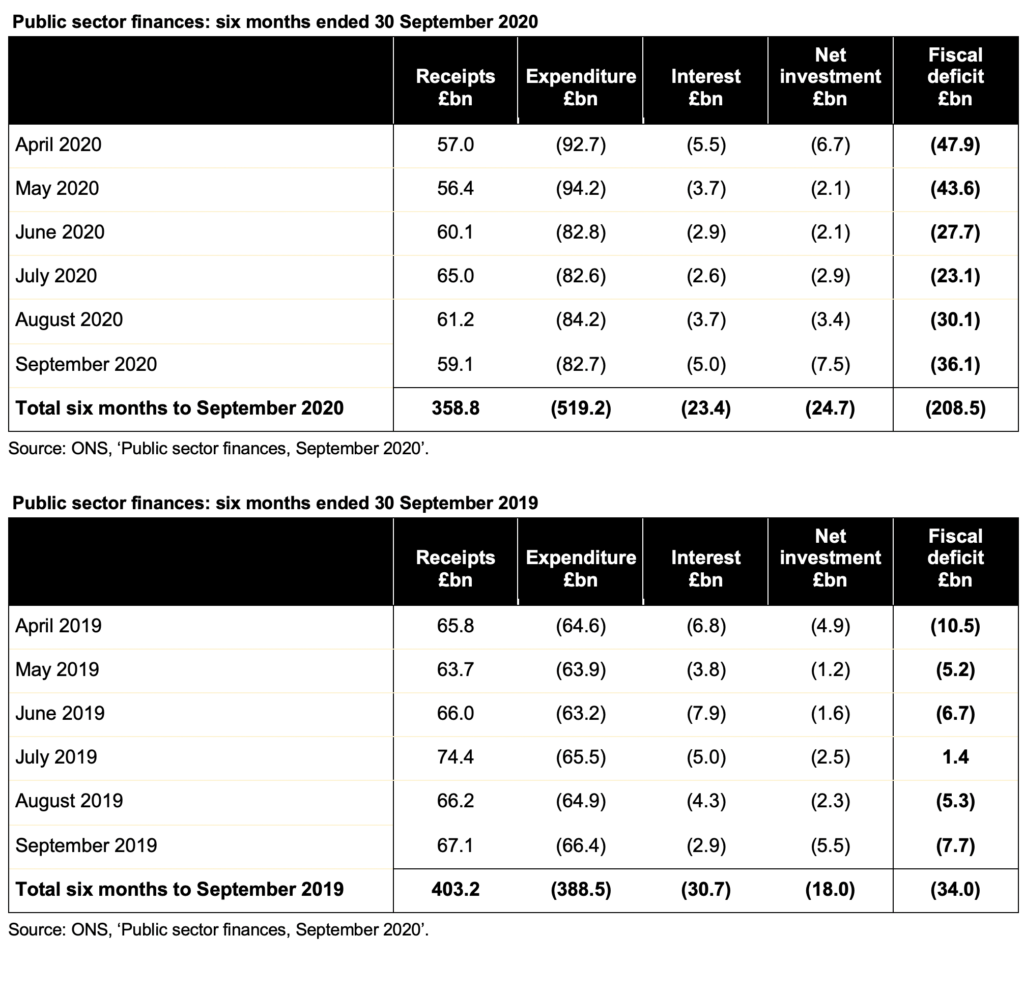19 January 2021: Plans for an in-house government consultancy sound sensible, but will insourcing really deliver value for money for taxpayers?
The UK government spends hundreds of millions of pounds on consultants each year for services ranging from strategic advice to service delivery. While ministers and senior civil servants often comment they feel too much is spent on consultants, there continues to be a stream of new contracts awarded to the major professional service firms and consultancy practices.
This is a particularly high-profile issue in the context of the huge amounts of pandemic-related contracts awarded over the course of the last year.
Recent examples include bringing in procurement specialists and forensic accountants to sort out the audit trail for panic purchases of personal protective equipment or using a range of IT consultants to help rapidly design and build new border and customs systems following the UK’s exit from the EU Customs Union and Single Market.
In practice, there are many reasons why a government department – or any organisation for that matter – might want to engage external consultants. They can provide expertise not available in-house, as well as providing a flexible resource that can be mobilised quickly to achieve critical objectives. After more than a decade of tightening budgets in the public sector, it is unsurprising there is a limit to how many of the existing team can be diverted from day-to-day activities in order to (say) implement a major new IT system, transform the organisation or respond to a global crisis such as a pandemic.
Partly that is sensible human resource management. It does not make sense to employ hundreds, if not thousands, of staff across the civil service ‘just in case’ their expertise might be needed on a future project. At the same time, it also makes sense to bring in experience gained elsewhere from experts who know what works and what doesn’t.
Using external service providers also enables resources to be mobilised quickly and at scale. Again, a capability most organisations will not have – or normally need to have – internally. There are also other benefits, such as the ability to change team members at will, charge contractual penalties for non-performance or the ability to sue over poor service or bad advice: options generally not available when employing in-house teams.
However, those benefits come at a cost. Not only are salaries for consultants generally higher than those of staff in the public sector, but there is a premium on top to cover technical resources, overheads, insurance and margin that together mean than the per-hour rate can be a significant multiple of the cost of in-house staff, even when the civil services’ own overheads are factored in.
Justifying this premium can be difficult, particularly in major projects involving very large teams of consultants. Another perceived issue can be where individual consultants are former civil servants apparently being re-employed at a much greater cost, even if that comes with technical and other resources not available when they were on the payroll.
A recent report by the Public Accounts Committee argues that the extensive use of consultants is driven by an underlying lack of skills in the civil service, with the development of fourteen cross-government functions (such as the Project Delivery Service and the Government Finance Function) not having had the desired effect of strengthening internal capabilities sufficiently to reduce the need to bring in external consultancy support.
One solution that has often been mooted (and is now being considered more actively) is to establish an in-house consultancy organisation. This would have the scale to be able to employ technical experts and experienced consultants to help deliver priorities across the whole of government, both centrally and locally.
Of course, this is not a new phenomenon and there are a range of consultancy services already in existence inside the government. Examples include the Government Legal Department (originally the Treasury Solicitor’s Department, founded in 1876), the Government Actuary’s Department (founded in 1919) and the consultancy arm of the Government Property Agency (founded 2018). These all provide expert advice and support that government departments and agencies can utilise as needed, with any profit that might be generated coming back to the exchequer to be reinvested in public services.
The proposals for a Crown Consultancy ‘firm’ within government would be different both in terms of scale and also in the range of activities it would cover. Such an organisation would have many benefits in being able to utilise existing expertise within the civil service more effectively, while also bringing in private sector expertise and experience to bear on difficult challenges. There would also be opportunities to provide a wider range and depth of experience for civil servants with secondments as part of their development, providing career opportunities not currently available, particularly in technical specialities.
There are a number of hurdles to be overcome in establishing a Crown Consultancy. One of the more significant will be how to address pay disparities that may make it difficult to recruit individuals with the skills and experience required. Another will be in replicating the tools, techniques and resources that private sector firms have spent decades creating and that enable them to mobilise quickly to meet client needs.
Plans remain at an early stage, but of course, there are a number of external consultants available that can help move them forward!
